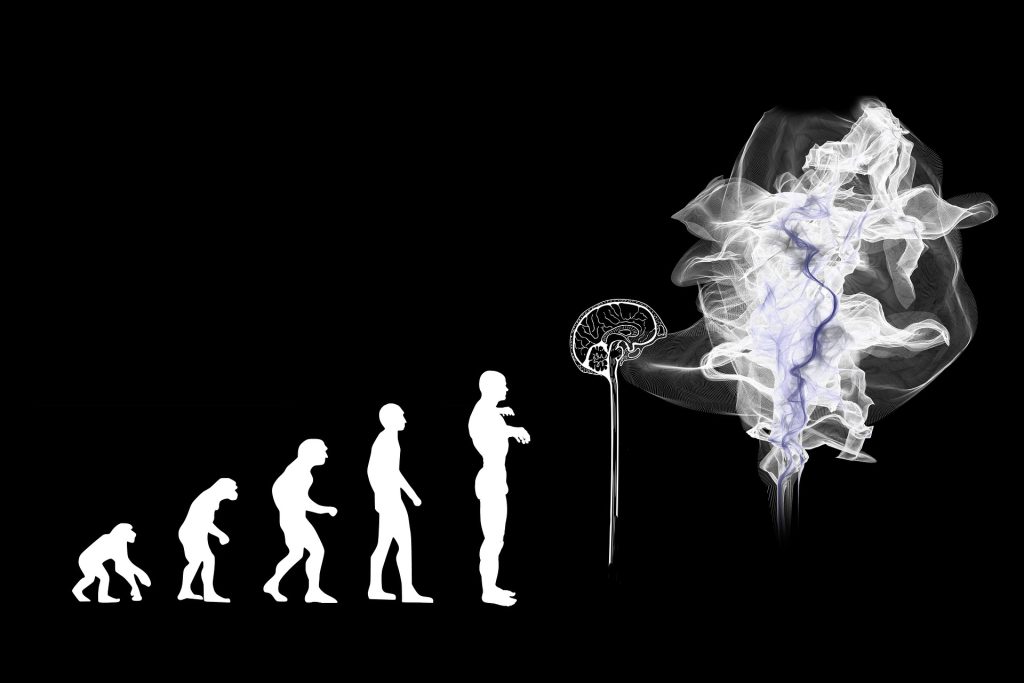After my SWOT analysis of OKRs, I would like to share with you a framework for performance reviews that fit into an agile context. Realignment of your performance management can be the key to promoting your company’s agile transformation. Sure, there might be always other priorities. But those who now invest in transformation enablers will also get through the crisis better; because with this approach, you support a culture of constant learning and a willingness to follow the changes in your company. The presented framework is a suitable approach to improve leadership step by step to the next level.
Why you should take a close look at your performance reviews
There are various formats used under the term „performance reviews“: performance and potential assessments, employee interviews as well as feedback on the status and results of objectives. Still prevailing that they take place once a year, have a binding character and are set up in „top-down mode“. Until now, it is the exemption that employees give feedback to their managers. As you will read below, the framework presented is different, but let me start with the main weaknesses of current practice:
- Long-term studies on the assessment of managers have demonstrated the so-called rater effect. A good 50 per cent of managers show a stable assessment pattern – regardless of the team and the success of the team. 1Same mean value, same deviation, same distribution in the appraisal clusters. „Generous“ appraisal patterns are contrasted with cautious ones among managers. HR processes critical to success are distorted on the basis of this data. Added to this are the well-known bias effects. I find it very courageous, to say the least, to establish for example a talent management system based on this poor data.
- The annual exchange of performance, qualification requirements and potential are often no longer in line with the dynamics and complexity in the business.
- Current practice does not focus on timely and continuous improvement, a positive cost-benefit calculation of the today’s models is questionable.
- They are based on an outdated leadership and organizational model (top-down, one-size-fits-all). Annual models and continuous improvement – the contradiction is likely to be obvious.
- The annual cycle overwhelms managers in the objective assessment of performance and potential. Findings from cognitive psychology prove this because our brain is very subjective. Especially in assessment questions, our brain relies on short-term and readily available data and impressions (and does not take the complete performance in the year under consideration).
- Often, the approaches are based on outdated competence models and thus look to the past instead of future requirements.
- The assessment of a fixed set of competences, usually uniform for a company, is often too rigid. It does not take the complexity of management into account and restricts executives too much. This is especially true if you also make distribution specifications or voting rounds for the individual results. Digital transformation skills are largely soft skills that are not developed sustainably with existing approaches.
- The approaches promote „single fighters“, but more and more companies are relying on the development of team culture.
- Executives see little benefit at high levels of effort. Employees, on the other hand, want frequent feedback and often feel unfairly treated in the school grade models of performance assessment.
- A productive feedback culture is not developed, because conversations take place too rarely and a fearful feedback model is used.
A three-part framework as a promising alternative
In the study „Harnessing the Power of Performance Management“, McKinsey identified 3 key factors for the effectiveness of performance management, 2 of which are focussed on with the following approach: „Effective Coaching by Managers, Goals linked to business priorities“. The third – differentiated remuneration – can also be promoted through intelligent links with this model. Thus, positive results promise a basic framework of a three-part conversation format between employee and manager:
1. Expectations
Short-term to-do’s, important milestones and short-term goals are discussed. The manager explains the employee’s contribution to the team and the company’s strategy. It determines how the manager can optimally support the employee and the team in the points.
2. Feedback
From my point of view, feedback should always be mutual, constructive and on an equal footing. I recommend a format where feedback is not given but requested. In concrete terms, the interlocutors exchange the points on which the feedback recipient would like to receive feedback from the other person in advance of the appointment (read my detailed framework for feedback). It is ideal if, when preparing for the conversation, one also considers how the interlocutor could react to the topics addressed. The advantage of this model is that you have clarity on the issues of the exchange. Uncertainty about content and the nature of the feedback leads to both interlocutors having reservations and even fear of feedback. Neuroscientific findings confirm the approach described here as less fear-moned.
3. Development
In this section, current qualification and training requirements are discussed as well as possible development steps of the employee. The role of managers is changing in the direction of „learning coach“. As a learning coach, the manager discusses with the employee how successful a qualification has been and ensures that learning progress is achieved through demand. In addition, it assesses the progress in soft skills, which are critical to success in the upcoming changes for the company (such as willingness to change, teamwork, sharing knowledge, communicative competence, entrepreneurial thinking, customer orientation…) and combines these observations with support offers.

New roles of executives
Use this model as a framework for your new reviews and concretize the three building blocks mentioned above. Dynamics, complexity of the business and your leadership culture are the guidelines for concretization. Especially larger companies will work with ambidextrous models in the field of leadership and organization. Start with this approach in the areas you want to change (first). Because the elements of feedback and development only improve through regular application and practice, this conversation format should take place at least once a quarter.
The changed role for executives meets the requirements for leadership in digital and agile companies. It is an answer to the question of why managers are needed in the digital economy. Managers are strengthened compared to the existing approaches to the extent that coordination rounds or control specifications are eliminated. In addition, you can also introduce agile principles in hierarchically structured companies.
- On the subject of the rater effect, I recommend reading „Nine Lies About Work“ by Marcus Buckingham and Ashley Goodall. ↩︎

1 Kommentar on “Accelerate transformation with new performance reviews”